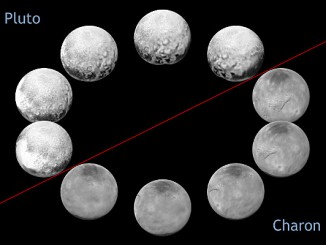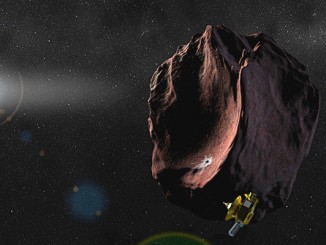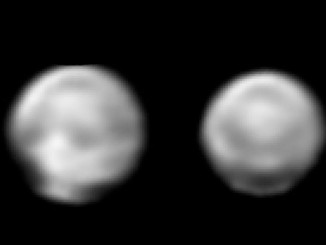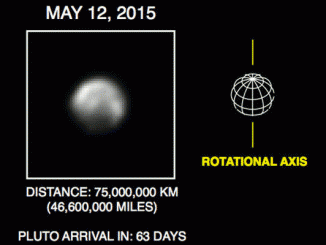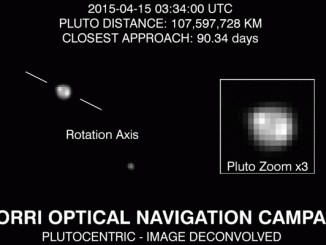
New Horizons returns first, best images of Pluto
It is almost five months since New Horizons’ epic encounter with Pluto, but the captured images and data will stream back to Earth across 3 billion miles of interplanetary space for a further 11 months. The first in a series of the best close-ups of the dwarf planet that humans may see for decades have been released, obtained when the spacecraft was just 15 minutes before closest approach during the 14 July flyby.

